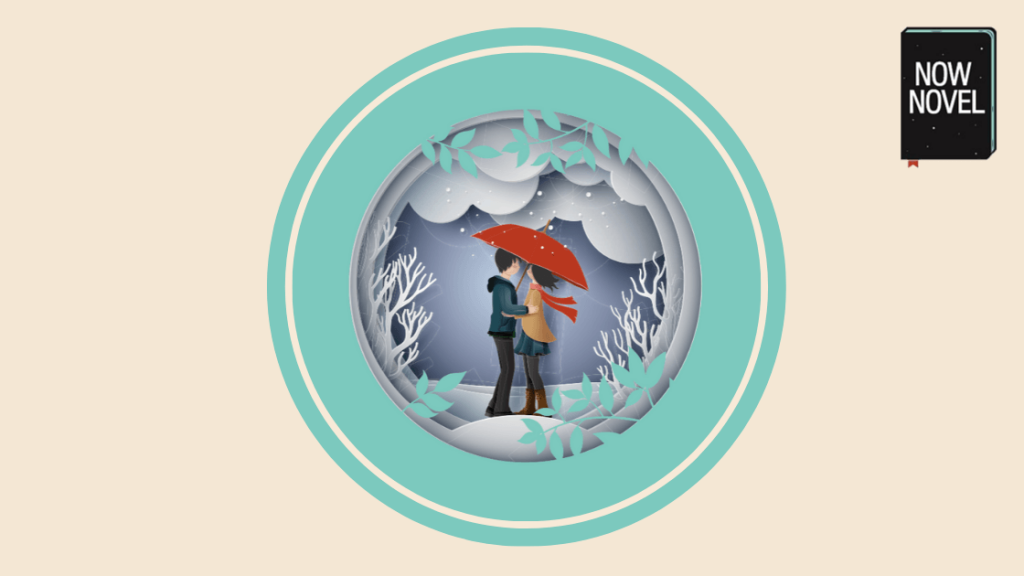
Learning how to write romantic novels requires understanding the key ingredients of a great love story. Read 9 insights from 10 top romance novels that show how to write romance that is marketable and affecting:
How to write romantic novels: 9 bestseller insights
- Build characters readers fall in love with
- Use romantic tension and conflict fully
- Create strong stakes
- Make side characters memorable, too
- Build romantic suspense
- Focus on important choices
- Beware romance tropes
- Surprise your reader
- Commit to your romance
Top romantic novels: 10 bestsellers by reader rating
To select romance books to discuss, we took a random sample of books shelved under ‘Romance’ on Goodreads with a 4.2 or higher Goodreads rating. Most loved romantic novels (including hybrid romance) include:
| Title | Author | Year | Av. rating |
| Clockwork Princess | Cassandra Clare | 2013 | 4.55 |
| It Ends with Us | Colleen Hoover | 2016 | 4.4 |
| Amelia Unabridged | Ashley Schumacher | 2021 | 4.34 |
| Pride and Prejudice | Jane Austen | 1813 | 4.27 |
| Me Before You | JoJo Moyes | 2013 | 4.26 |
| Red, White & Royal Blue | Casey McQuiston | 2019 | 4.24 |
| Outlander | Diana Gabaldon | 2005 | 4.23 |
| The Thorn Birds | Colleen McCullough | 1977 | 4.23 |
| A Court of Thorns and Roses | Sarah J. Maas | 2015 | 4.21 |
| Dance Upon the Air | Nora Roberts | 2001 | 4.20 |
What do the above novels teach us about writing irresistible romantic novels?
1. Build characters readers fall in love with
At the heart of all the top romantic novels are bold, memorable characters. Desires, fears and romantic developments that feel real.
When you read through reviews for the romance bestsellers listed above, readers frequently remark on their attachment to the characters.
For example, writing for The Guardian‘s book review portal, a reader says of Cassandra Clare’s third book in her The Infernal Devices prequel series (Clockwork Princess):
There was a lot of parts where I had to cry whilst reading Clockwork Princess. Happy, sad and what I can only describe as tears of love – how much love and respect I have for certain characters in not just this book but the trilogy as whole.
Reviewer SmileyBlondeee, full review here.
How do you create romantic characters readers fall in love with?
- Include relatable character elements: Most people have things like flaws, vulnerabilities, desires, fears and a history that informs their choices and behaviours. Weave these deeply personal elements into your characters and connect action and reaction.
- Show how characters love (and hurt) one another: Top romance novels are stories of desire as well as the small things that chip away at it; promise and betrayal. We see the double-edged sword of attraction that also brings the possibility of rejection or repulsion. Showing both sides of love – its light and shade – makes romance in your novel more believable and relatable.
- Explore multiple kinds of love: There is ego-based, acquisitive love in a romance novel (what the Greeks called Eros). There is also selfless, friendship-like love (what the Greeks called Agape), too. Many reviewers have commented on how they enjoyed the friendship at the heart of Cassandra Clare’s love triangle in Clockwork Princess. Lust and desire is there, but the connections run deeper. Readers relate to that, to characters with more dimensions.
2. Use romantic tension and conflict fully
Tension and conflict are the lifeblood of story, in any genre.
Romantic novels are the natural place to find simmering tension and smoldering conflict.
Browse through reviews for top romance novels above and you will see the word ‘rollercoaster’ used again and again. Tension and conflict are a key part of that up-down, zig-zag experience.
There are many ways to find tension and conflict for your romance novel:
Popular sources of romance conflict in fiction
Common sources of pulse-racing conflict in romance include:
- Forbidden Love: This is a classic source of romantic tension, going back to Romeo & Juliet (and earlier, for example the love the nymph Echo has for the self-obsessed Narcissus in Greek myth). Forbidden love is writ large in the list of books we chose. In Red, White & Royal Blue, for example, it’s forbidden M/M love between a fictional First Son and a British Prince.
- Love Triangles: Three-way love is more prevalent than ever in fiction with polyamory (a normative practice to some cultures and religions) becoming increasingly mainstream. One thing is certain with a love triangle: more potential for complications, with extra players complicating the mix of desires, fears and other emotions.
- Duty vs Desire: Many romance novels explore internal conflicts that arise under situations such as having public vs private or familial vs personal responsibility. At one point in Jane Austen’s Pride and Prejudice, Lizzie Bennet’s father warns her that if she doesn’t marry a particular man, her mother will never speak to her again, but if she does marry that man, he won’t. That’s a lot of pressure, adding fodder for internal conflict.
What other types of conflict can you identify in your own top romance novels? In Sarah J. Maas’s A Court of Thorns and Roses, the protagonist Feyre falls in love with her captor. The initial conflict leads to an unlikely passion.
Next time you’re reading a romance, take notes on the key conflicts. Who are they between? Where do the external conflicts come from, versus the internal conflicts? How do they shape action and character arcs?
3. Create strong stakes
Any character-driven story needs strong stakes, and romance is no different.
What propels two characters into each others’ lives? What odds do they have to overcome, in order to make it work?
Often, trauma is a part of one (or both) romantic leads’ backstories. A history of survival may be part of a character’s inner conflict, the source of an initial ‘debate’ story beat that makes them reluctant to fully embrace a growing, potential relationship.
Nora Roberts’ Three Sisters Island series is one of her highest-rated romance series. Her protagonist, Nell, has high stakes attached to her arrival on the titular island in Book 1, Dance Upon the Air. Nell is fleeing her abusive husband and even conceals her identity in doing so.
The setup is ideal for romantic suspense, as it provides Nell with stakes already going into the story (avoiding being found by her ex) that aren’t yet tied to a new love interest.
Stakes in your romance may stem from the core relationship, but also from peripheral relationships such as past relationships your characters want to escape or forget.

Start a romance with writing
Work 1-on-1 with a romance writing coach who will help you build strong arcs and stick to your writing goals.
LEARN MORE4. Make side characters memorable, too
Juliet’s warm, affectionate but wise nurse in Romeo & Juliet is a coveted stage role because of her potential to steal scenes.
Top romance novels seldom exclusively focus on the romantic leads. That could become very tedious for the reader.
Supporting characters provide many uses in a romantic novels. They may:
- Provide obstacles in lovers getting together: For example, Allie’s mom hiding Noah’s letters to Allie in The Notebook
- Provide valuable advice: Many novels feature romantic leads’ best friends who provide sounding boards for relationship decisions (whether the MC adheres to or goes against the advice given). These relationships often add a cosy, heartwarming element
- Flesh out the feeling of a real, lived life: It’s rare that great lovers don’t have great friends. Friendship is a learning ground for building mutual liking, resolving conflict and much more that people bring to their adult relationships
As one reviewer said, regarding McQuiston’s Red, White & Royal Blue, familial and other bonds help to illustrate romantic leads’ backgrounds and whether or not they have support.
I am always here for strong sibling relationships, and this book has that in spades! Alex’s family in general was everything to me; both of his parents being so supportive and always putting him (and his pace) first really meant a lot to me and makes me so soft just thinking about it. Seriously, this book is found family and blood family goals.
Goodreads user Melanie’s review, available to read here.
This may influence the romantic decisions your characters make. Are they empowered to follow their desires, or is it a greater struggle?
In short, side characters with some depth give your readers more to love; more to make your romantic leads’ emotional lifeworld fully fledged.
5. Build romantic suspense
It’s impossible to learn how to write romantic novels without getting good at creating romantic suspense.
In a romantic story, the main source of suspense is so often the simple question, ‘Will they or won’t they [end up together]?’
You have to find the movement, the changes, in a suspenseful situation between two (or more) people when there is attraction in the mix.
As we’ve explored elsewhere, love in cinema and other media builds suspense in a dance between emotional two poles: Desire, on one end, and fear on the other.
The clock strikes 5 to 12, and Cinderella feels intense fear. The prince comes looking for after her flight, and desire is kindled.
A book that has often been held up as a classic romance saga (though some reviewers describe it as an ‘anti-romance’ because of how it pushes up against the limits of the genre) is Colleen McCullough’s The Thorn Birds.
Forbidden love is a large part of The Thorn Birds‘ romantic suspense: The saga, set in the Australian outback, tells the story of off-limits love between an Irish Catholic priest and a farm labourer’s daughter. An unexpected inheritance forces the priest to choose between his ambition within the church and his love for Meggie, the farm labourer’s daughter.
Here, suspense boils down to a simple (yet also not simple) question: What will he choose?
Build suspense in your own romance by putting your romantic leads through tough questions, tough choices.
6. Focus on important choices
On the subject of choice, choice is a crucial aspect of writing romance. Before lovers propose, elope or drink sleeping potions to escape their feuding families, they first (even if only subconsciously, to start) choose each other.
Great romances suggest or question why people choose each other, cleave to each other, despite forbidding families, miles of distance, and other impossible obstacles.
A reader of JoJo Moyes’ Me Before You sums up what makes a great romance rise above any ‘cheesy’ or schmaltzy ‘carpe diem’ take-home point:
People keep pulling up these quotes about the meaning of life and carpe diem and it makes the whole thing seem much cheesier than it is. […] It’s also nowhere near as romantic as everything tries to make you think: the cover (the UK one is even worse), the blurb, the title… when actually there’s very little romance. There is a touch of finding love in unexpected places and against the odds, but the main focus of this book is about life and the importance of choices.
Reader Emily May, review available to read here.
As an exercise, make a list of each character’s possible choices in your story. Which cost the most, entail the greatest sacrifice?
7. Beware romance tropes
Every genre has its tropes. What is a trope? Originally, the word simply meant ‘a significant or recurrent theme, a motif’. However, in the language of narrative studies, it’s also acquired a negative connotation, meaning something clichéd in a genre, such as the ‘orphaned hero’ trope in fantasy fiction.
That something is a romance trope does not mean you shouldn’t use it necessarily, or that your book will flop if you use it. As an example, Ashley Schumacher’s 2021 novel Amelia Unabridged has a high average rating on Goodreads, even though some readers railed at specific tropes in the book.
For example, the romance genre trope of ‘insta-Love’ (where romantic leads fall in love almost instantly, with little to build plausible grounds for a relationship).
Says one reviewer:
I am livid. The suspension of disbelief this book asks from me is just monumental, and the way it treats (insta-) love as a magical cure for trauma, anxiety and grief – all in the span of a week – makes my skin crawl. As someone who lived through all three, it feels wrong and harmful and I’m so pissed right now. Having the characters acknowledge how unbelievable it all feels doesn’t make it right, because it’s still there, and it’s not cute.
Review via Goodreads, available here.
Romance tropes are ‘sins’ that some readers will take more seriously than others, so it’s helpful to be aware of common ones.
Even hit romance novels use romance tropes
Even bestselling romances sometimes flirt with contrived plot and character devices. TV Tropes does a fantastic (and funny) job naming and describing common romance tropes:
- All Girls Want Bad Boys (the male lead must be ‘alpha’)
- Arranged Marriage (particularly common in historicals as a way to force the love interests to deal with each other)
- Beautiful All Along (the female lead will be described as plain all along, but will be revealed as a secret beauty – a common trope in teen romance movies particularly)
Think of ways you can turn romance tropes on their head.
Maybe the woman (or gender non-binary) lead is alpha. Perhaps the ‘ugly’ or plain character stays that way but finds love anyway on their own terms.
If you use worn out tropes, make sure enough of your story is original for them to be forgiveable.
8. Surprise your reader
Part of why many readers experience obvious tropes as a letdown is that we want stories to surprise us. There’s delight in surprise. Three core emotions that make reading enjoyable are wish, wonder and surprise.
Part of what makes Pride and Prejudice an enduring classic romance tale is its multiple layers of surprise.
We’re surprised a woman living during times where women are married off and threatened with being barred from the family unit for their marital choices that Lizzie Bennet manages to be so headstrong and independent, for example.
The story completely goes against the trope of ‘insta-Love’. Lizzie and Darcy’s growing feelings are the slowest of dawning, creeping realization.
One 5-star review in particular sums up the way the book still has the power to surprise readers:
I was forced to read this by my future wife.
Reader Troy, review via Goodreads
I was not, however, forced to give it 5 stars.
Whether it’s an unlikely M/M relationship between the sons of heads of state or a historical woman behaving ‘badly’ for her time period, take chances and risks. Risk not serving your reader the same, stale romantic story.
9. Commit to your romance
A big theme that emerges in interviews with Diana Gabaldon, author of the hit historical romance Outlander series, is ‘commitment’.
The commitment between her characers, for one. What it required (and how she was determined to write about the sex lives of forty-somethings):
Claire and Jamie are in their mid-40s, and any number of interviewers expressed aghast horror that I would do that. “No one wants to read about people having sex in their 40s!” To which I replied, “Wanna bet?” Well, actually what I said was, “I’m 42 and my husband’s 43, and I’m not planning on stopping having sex any time soon, and neither is he, if he knows what’s good for him.”
Diana Gabaldon, ‘Interview with DIana Gabaldon’, available to read here.
But also, the commitment to writing itself. If you’re writing a romance series, in particular, it’s crucial to commit to story you’ll be telling for some time.
At 35, I said to myself, Mozart was dead at 36. I don’t want to be 60 and not have written a novel. The determination to write came first. Then I asked myself, what am I going to write At Doune Castle about? What would be the easiest thing for me? I’m a research professor, and I know I can do research. I could research historical fiction!
Diana Gabaldon, interview with Rona Berg via Enchanted Living
Want to write a great romance? Work with an experienced writing coach who will provide feedback, advice and accountability.


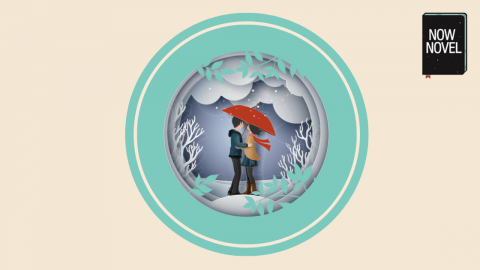
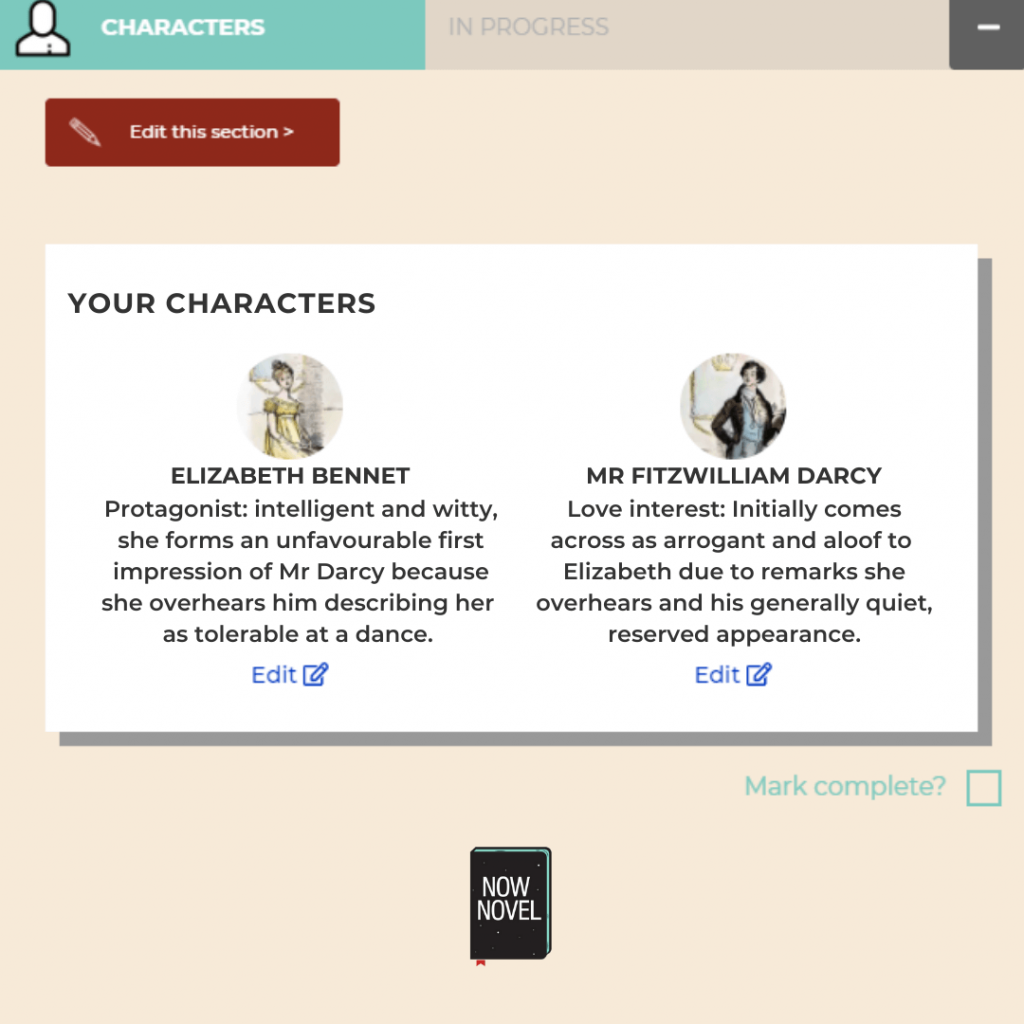
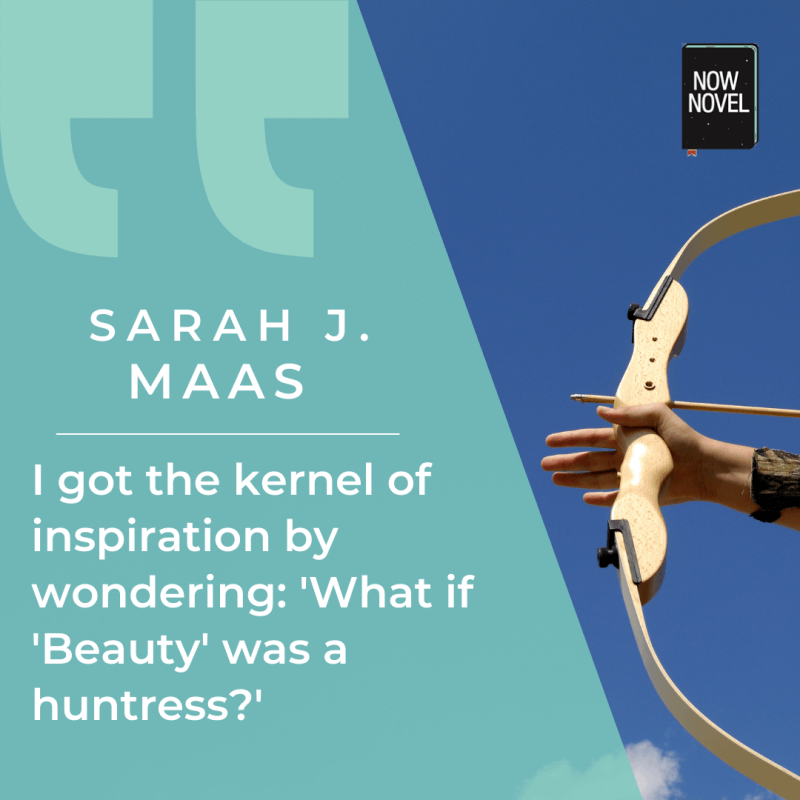
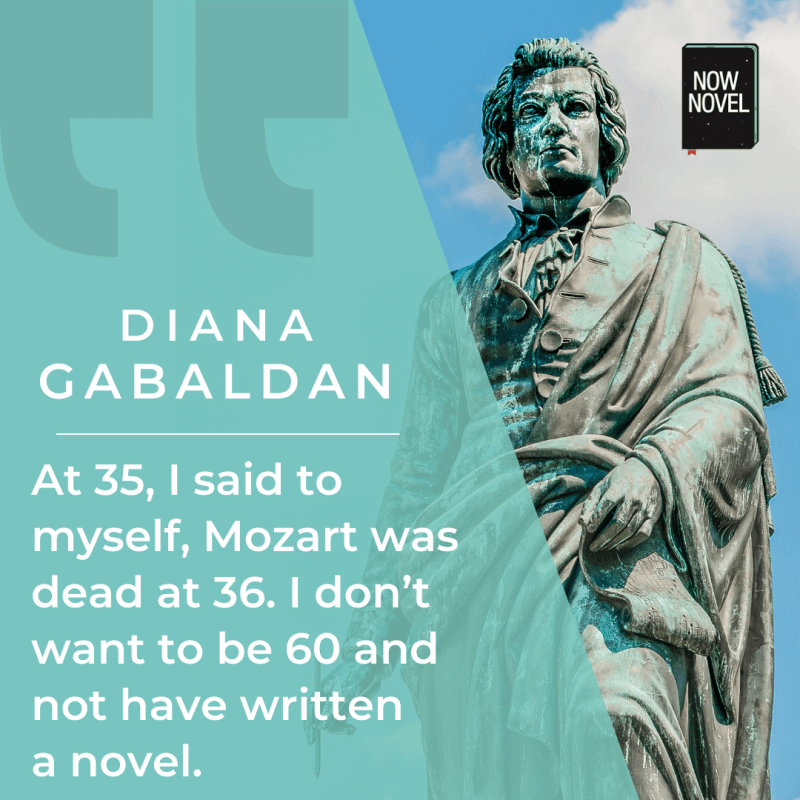
2 replies on “How to write romantic novels: 9 bestseller insights”
This article was really good, and very much needed for any writer who wants to write romance and loves it like I do, so I thank you profusely. Hope you keep writing more such helpful hints in future.
Thanks so much Arundhati. I’m so pleased that you found it useful. Good luck with your writing!